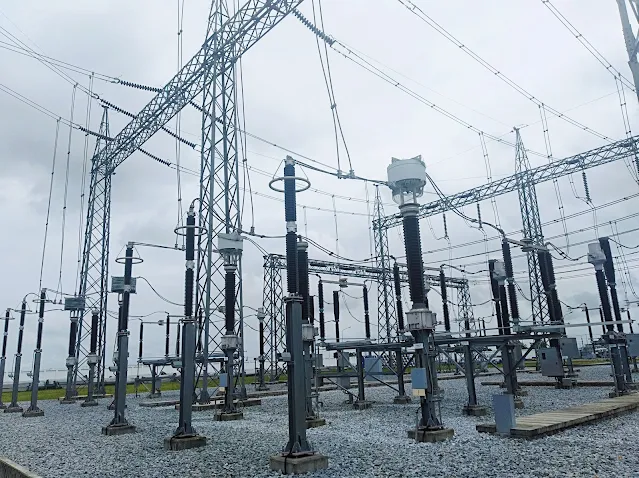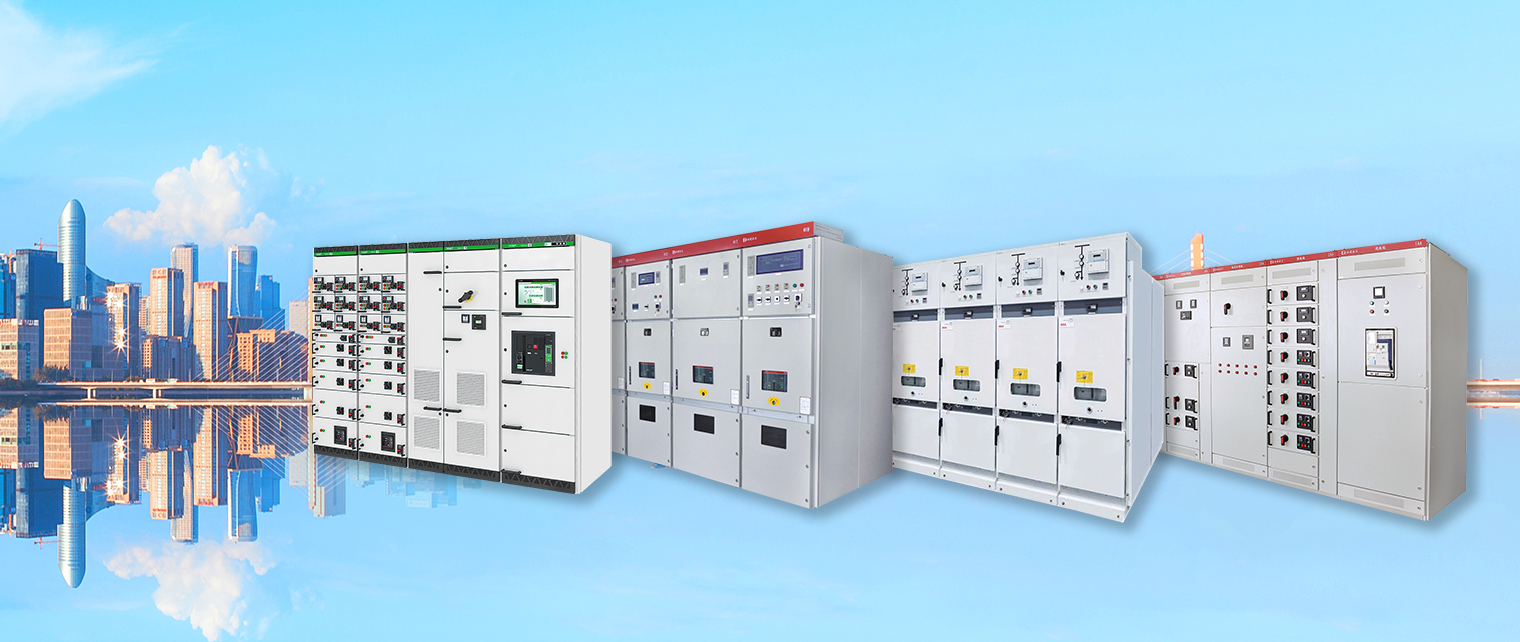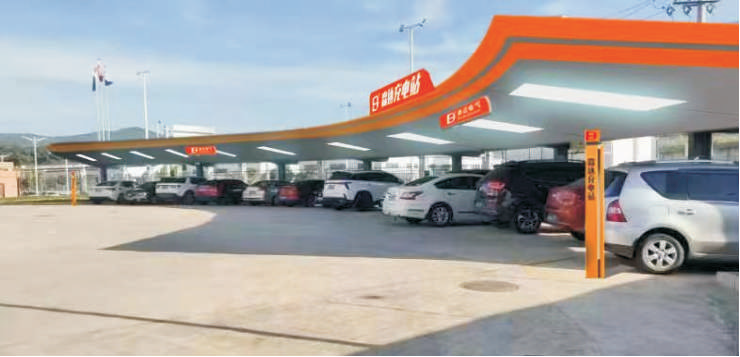HV, MV, and LV Substations: Differences and Applications
Learn the key differences between HV, MV, and LV substations, their applications, components, and technical insights in power distribution.

Substations play a crucial role in electrical power transmission and distribution by transforming voltage levels to facilitate efficient power flow. These substations are classified into High Voltage (HV), Medium Voltage (MV), and Low Voltage (LV) categories based on the voltage levels they handle. Understanding the differences, applications, and technical aspects of each type is essential for designing and operating power systems efficiently.
Classification of Substations
1. High Voltage (HV) Substations
Voltage Range: Typically above 110 kV, extending up to 765 kV or more.
Purpose: HV substations facilitate bulk power transmission from power generation plants to transmission networks. They serve as nodal points where transmission lines interconnect, ensuring grid stability and voltage regulation.
Key Components:
- Power Transformers: Step-up or step-down voltage to match transmission levels.
- Gas-Insulated Switchgear (GIS): Used in compact HV substations to improve reliability and reduce space requirements.
- Circuit Breakers: Interrupt high fault currents and protect transmission lines.
- Surge Arresters: Protect equipment from lightning and switching surges.
- Capacitor Banks: Used for reactive power compensation to maintain power factor and voltage stability.
- SCADA Systems: For remote monitoring and control of substations.
Example:
- A 400/220 kV HV substation interconnects different transmission lines to stabilize grid operations and balance power flow across regions.
Applications:
- Transmission of bulk power over long distances.
- Interconnection of regional power grids.
- Large industrial loads requiring high voltage supply.
- Renewable energy evacuation (e.g., large-scale solar and wind farms).
2. Medium Voltage (MV) Substations
Voltage Range: Typically between 3.3 kV and 33 kV.
Purpose: MV substations step down HV transmission voltages to levels suitable for distribution to industrial and commercial consumers.
Key Components:
- MV Transformers: Step down voltage from HV to MV.
- Metal-Enclosed or Air-Insulated Switchgear (AIS): Houses circuit breakers, isolators, and protection relays.
- Ring Main Units (RMU): Provide flexible power distribution in urban networks.
- Reclosers and Sectionalizers: Used in distribution networks for automatic fault isolation and restoration.
- Voltage Regulators: Maintain voltage within permissible limits to avoid equipment damage.
Example:
- A 33/11 kV MV substation supplies power to industrial zones and commercial complexes.
Applications:
- Industrial power distribution.
- Urban and rural distribution networks.
- Commercial and institutional facilities.
- Rail and metro power supply.
3. Low Voltage (LV) Substations
Voltage Range: Typically below 1 kV (e.g., 415V, 230V).
Purpose: LV substations further step down MV voltages to supply end consumers, including residential, commercial, and small-scale industrial users.
Key Components:
- Distribution Transformers: Step down MV to LV (e.g., 11 kV to 415V).
- LV Switchgear and Distribution Boards: Control and distribute power to different circuits.
- Protective Devices (MCBs, MCCBs, Fuses): Protect against short circuits and overloads.
- Busbars and Cabling Systems: Distribute power efficiently to different load points.
- Energy Meters: Measure power consumption.
Example:
- A 415V LV distribution substation supplying a residential apartment complex.
Applications:
- Residential power supply.
- Commercial establishments and small businesses.
- Street lighting and public utilities.
- Small-scale industrial operations.
Technical Analysis: HV vs. MV vs. LV Substations
| Feature | HV Substations | MV Substations | LV Substations |
|---|---|---|---|
| Voltage Level | >110 kV (e.g., 132 kV, 220 kV, 400 kV) | 3.3 kV to 33 kV (e.g., 11 kV, 22 kV) | <1 kV (e.g., 415V, 230V) |
| Function | Transmission and grid interconnection | Power distribution to industries and commercial areas | Power supply to consumers |
| Main Equipment | Power transformers, GIS, CBs, capacitor banks | RMUs, AIS, MV switchgear, reclosers | Distribution transformers, MCCBs, MCBs |
| Space Requirement | Large area, GIS used for compact design | Moderate, AIS or GIS based on space constraints | Compact, often pole-mounted |
| Protection Systems | Relay-based protection, SCADA integration | Overcurrent, earth fault, differential protection | Circuit breakers, fuses |
| Cost | High due to advanced equipment and grid integration | Moderate | Low, designed for end-user supply |
FAQs
1. What is the main difference between HV, MV, and LV substations?
HV substations handle bulk power transmission at voltages above 110 kV, MV substations distribute power at 3.3 kV to 33 kV, and LV substations provide power to consumers at voltages below 1 kV.
2. Why are HV substations usually located far from cities?
HV substations require large areas and are often placed near power plants or along transmission corridors to minimize electrical losses and facilitate grid connectivity.
3. Can an MV substation be connected directly to a residential load?
No, MV substations typically serve industrial or commercial areas. Residential loads require LV substations to step down voltage further to 415V or 230V.
4. What type of substation is used for renewable energy plants?
HV and MV substations are used to integrate renewable energy sources like solar and wind farms into the transmission and distribution network.
5. What is a GIS substation, and where is it used?
A Gas-Insulated Substation (GIS) uses SF₆ gas for insulation, reducing space requirements. It is used in urban areas and confined spaces where conventional Air-Insulated Switchgear (AIS) substations are impractical.
Conclusion
HV, MV, and LV substations form the backbone of modern power systems, ensuring efficient electricity transmission, distribution, and supply. While HV substations manage bulk power transmission, MV substations cater to industrial and commercial users, and LV substations bring electricity to end consumers. Understanding their differences and applications is crucial for designing reliable and efficient power infrastructure.
Get In Touch
Recent Posts
-

Fujian Senda Electric Product Promotion Conference
Apr 11, 2025 -

HV, MV, and LV Substations: Differences and Applications
Mar 25, 2025 -

How to Select Proper Switchgear for Your Electrical Project
Feb 28, 2025 -

Senda Rongzhong Building charging station officially launched 🎉
Jan 03, 2025 -

High and low voltage switchgear for Expressway Electro.mechanicalEngineering Construction PowerSupply andDistribution Project
Dec 16, 2024


